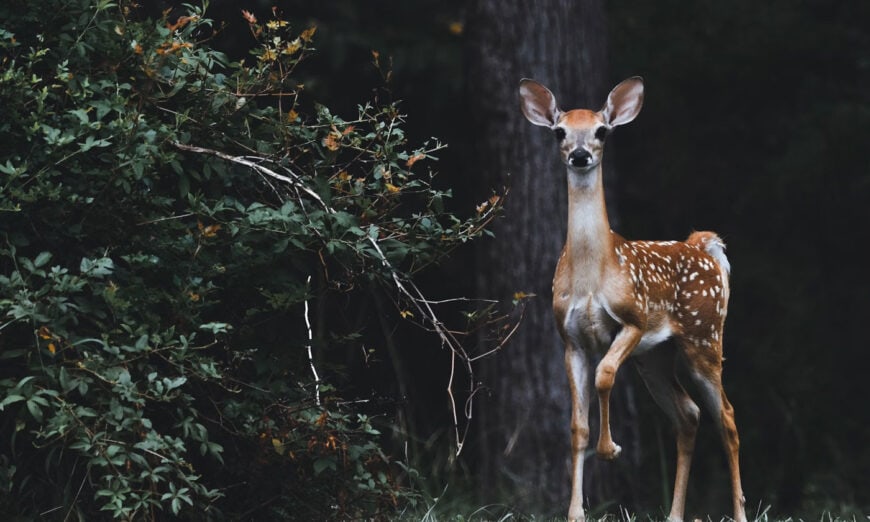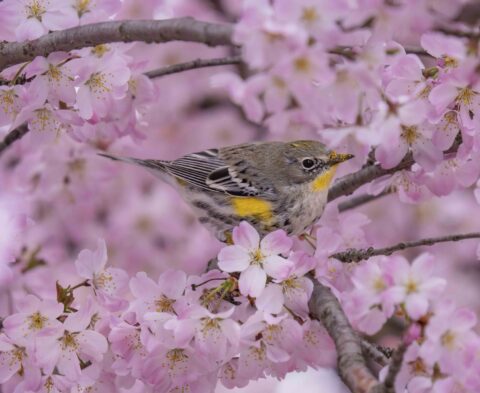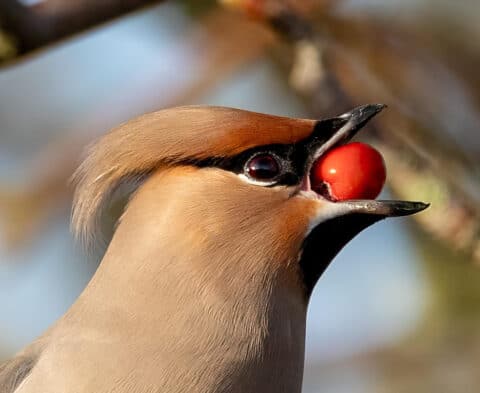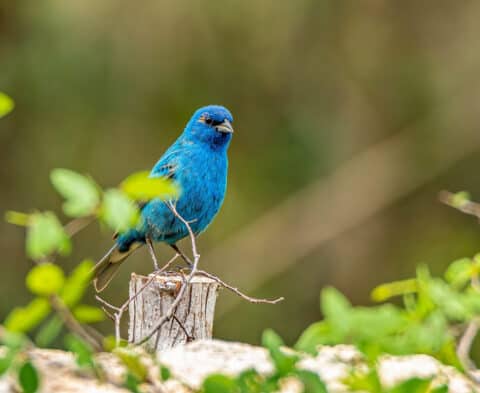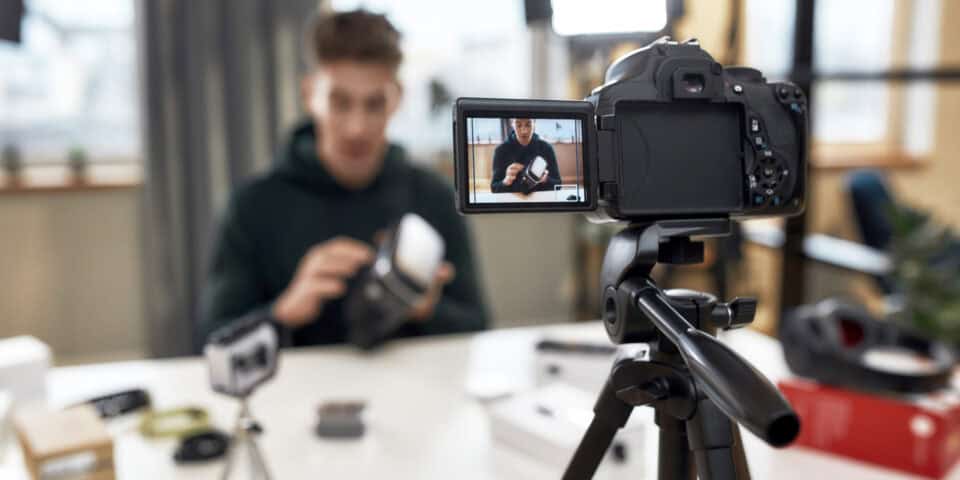
Wildlife photography is all about patience, skill, and using the right gear to capture both small and large animals in their natural environment. Whether you’re focusing on a deer feeding in a pasture, a hawk soaring through the skies or a squirrel darting up a tree, having the right camera, lens, and techniques can make all the difference. In this guide, we’ll cover key camera recommendations, essential gear, and how advanced AI technology in cameras from Sony, Canon, and Nikon can enhance your wildlife photography game.
Wildlife Photography Camera Recommendations
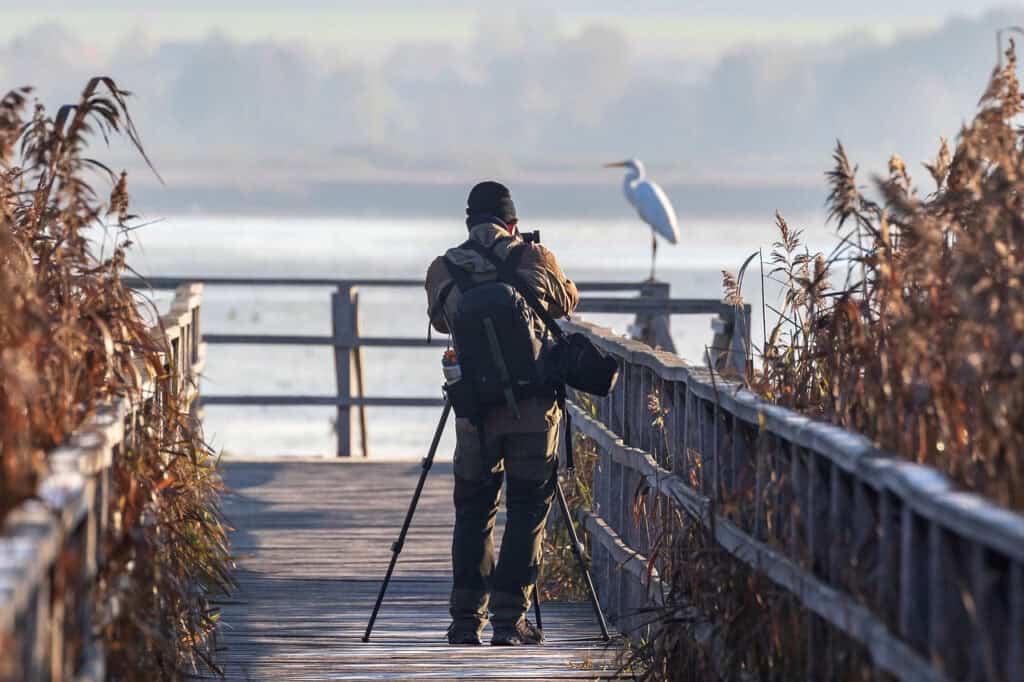
Wildlife photography demands gear that can handle both quick motion and long-distance shots, so the right camera and lens combo is critical.
Cameras with AI Features
Recent innovations in AI technology have brought powerful features like eye-tracking autofocus to wildlife photography, making it easier than ever to capture sharp images of animals on the move.
- Canon EOS R6: With a strong suite of features and capabilities in both photo and video, the EOS R6 Mark II provides multimedia creators with a versatile tool with which explore and achieve their creative vision. A New 24.2 Megapixel Full-Frame CMOS Sensor paired with a DIGIC X Image Processor provides improved resolution while RAW Burst Mode enables shooting at up to 30 fps.
- Sony Alpha A7 IV: With groundbreaking performance in both still and movie recording, the α7 IV is the ideal hybrid, providing breathtaking imagery along with on-the-spot delivery and distribution. The α7 IV is a camera designed to bring to life the artistic visions of today’s creators.
- Nikon Zf: With 3D Tracking, Eye Detection and Animal Detection AF, the Nikon Zf offers fast and accurate autofocus, whether you’re photographing wildlife in motion or a still animal in a shaded forest.
Wildlife Photography Lens Options

When shooting wildlife, a variety of lenses can come in handy, depending on your target species and the environment. Having variety of lenses on hand will allow you to be adaptable in all wildlife photography situations.
- Telephoto Zoom Lenses: Great for shooting animals from a distance without disturbing them. A 100-400mm or 200-600mm lens works well for large animals such as deer, birds in flight, or animals in open landscapes.
- Prime Lenses: These offer exceptional sharpness and are perfect for capturing wildlife with clarity. A 300mm or 600mm telephoto prime lens can give you the reach and quality needed for detailed close-ups.
- Macro Lenses: Ideal for small creatures like insects or birds, a macro lens allows you to get close to tiny wildlife while capturing intricate details such as feathers or fur.
- Wide-Angle Lenses: Great for including the environment in your shot. A wide-angle lens is useful when photographing animals in expansive landscapes or documenting wildlife in their habitat.
If you want to learn more about the different camera lens options, read Exploring Various Types of Camera Lenses and Their Applications.
Add-ons for Your Camera
In addition to cameras and lenses, these accessories are key to taking your wildlife photography to the next level:
- Tripods: A stable tripod will prevent camera shake, especially for long telephoto lenses or low-light conditions. To learn more about Tripod option, read Essential Tripods for Mastering Landscape Photography.
- Lens Filters: Polarizing or ND filters can help reduce glare and manage light for better shots in bright conditions. To learn more about lens filters, read “A Complete Guide to Camera Lens Filters“
- Teleconverters: Teleconverters extend your lens’ reach, giving you the ability to zoom in even more without purchasing a longer lens.
Approaching Wildlife for the Best Shot
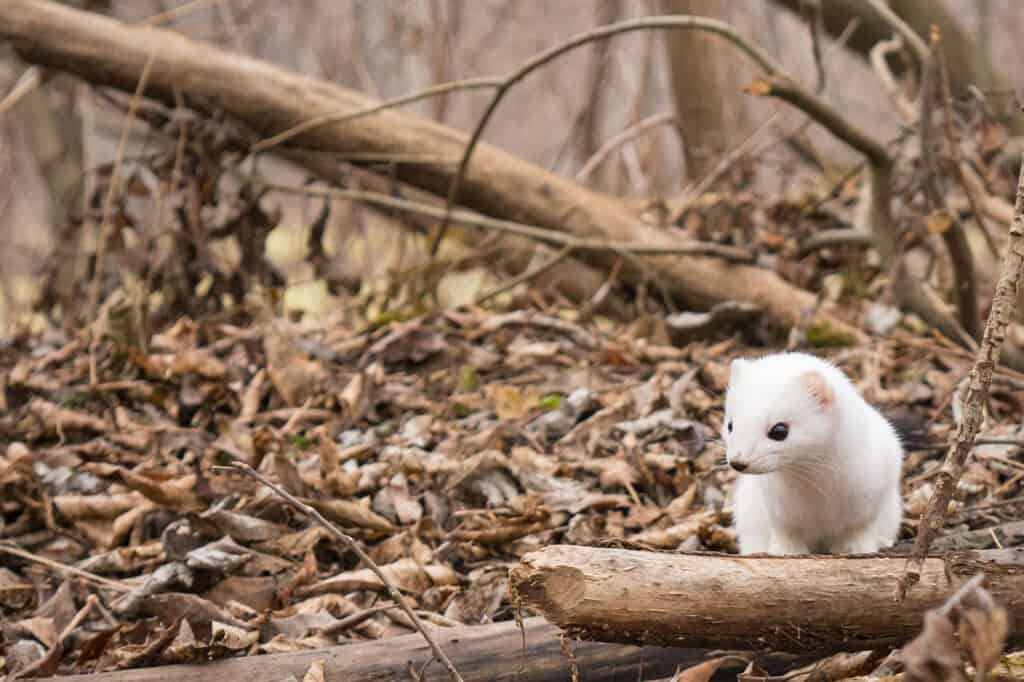
Getting that epic wildlife shot requires more than just having the right gear. Here’s how you can approach wildlife carefully and get the best results:
- Patience is Key: Wildlife photography often means waiting for the perfect moment. Find a good location, stay still, and let the animals come to you.
- Stay Downwind: Animals often rely on their sense of smell to detect danger, so approaching from downwind can help you avoid being detected.
- Move Slowly and Quietly: Quick movements or loud noises can easily scare away wildlife. Move slowly, wear soft clothing to avoid rustling, and keep your camera on a quiet shooting mode to reduce sound.
- Use Camouflage: Blending into your environment is important. Wear neutral tones that match your surroundings and consider using camouflage gear like a pop-up hide or cover to stay unnoticed.
What to Wear for Wildlife Photography
Your clothing choices can make or break your wildlife photography experience. Here’s how to dress for each season:
Spring & Summer
- Wear lightweight, breathable fabrics to stay cool, but ensure your clothing is in neutral tones to blend into your surroundings.
- Long sleeves and pants protect you from insects and the sun. Soft fabrics also minimize noise when moving through brush.
Fall
- Layer your clothing, as temperatures can vary. Bright orange is essential during hunting season to make sure you’re visible to hunters.
- Stay aware of where active hunting zones are located and avoid them for safety.
Winter
- Dress in multiple layers, with thermal insulation and waterproof outerwear. Gloves and hand warmers are essential when waiting for wildlife in freezing conditions.
How to Get Close to Wildlife
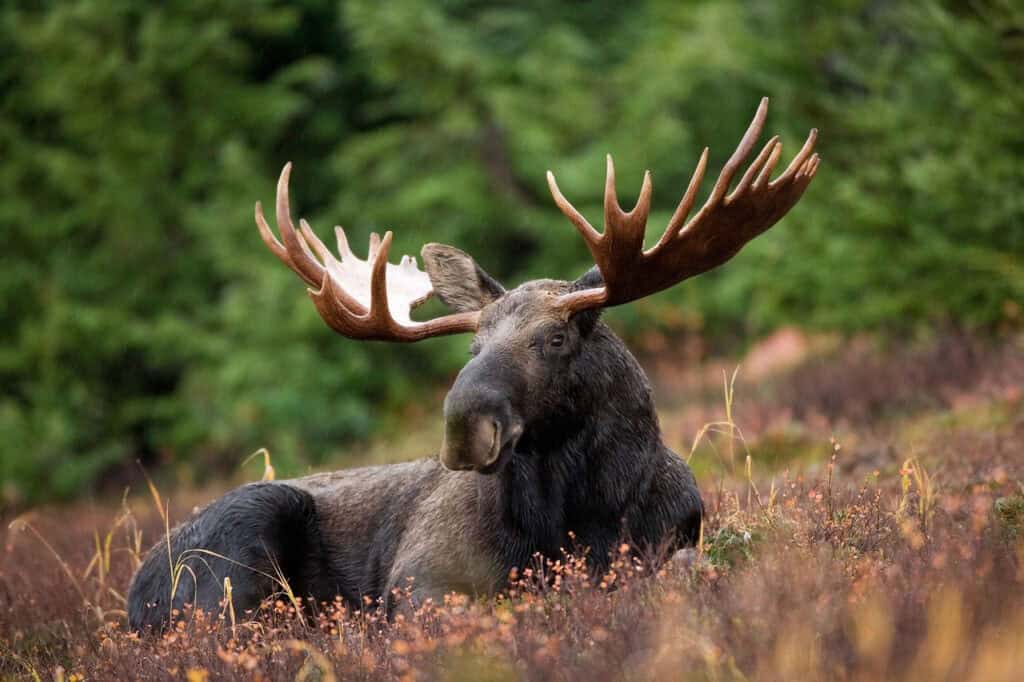
Getting physically close to wildlife without disturbing them is a skill in itself:
- Use Blinds or Hides: Portable blinds can help you remain concealed while waiting for animals to approach. Setting one up near a feeding ground or water source can yield great results.
- Stay Downwind: Animals have keen senses, especially their sense of smell. Always try to position yourself downwind to avoid alerting them to your presence.
- Minimize Noise: Walk softly, avoid talking, and wear soft clothing that won’t rustle loudly. Using a camera with silent shutter mode can also help you remain unnoticed.
- Respect Wildlife and Your Surrounding: Wildlife photography is about respecting your surroundings. Don’t get to close and don’t disturb their natural environment. Many wild animals are territorial – so keep your distance and respect your surroundings.
Photographing Birds in Flight, Perched, and More

- Birds in Flight: Use fast shutter speeds (1/2000 or faster) to freeze motion, and track the bird using your camera’s continuous autofocus. Read our recent blog “Nature’s Spectacle: Birding Adventures with the Sony Alpha 9 III“
- Perched Birds: Lower your shutter speed to capture more detail, and use a tripod to keep your camera stable. Eye-tracking autofocus will help maintain focus on the bird’s eye.
- Other Wildlife: Experiment with different compositions to capture the beauty of animals in their natural habitat, whether they’re on the ground, in the trees, or near water.
Wildlife photography is a rewarding but challenging field. By using the right gear, practicing your patience, and learning to approach animals carefully, you can capture stunning images of the natural world. Whether you’re using the AI-powered autofocus in today’s modern cameras or packing the right lens for the job, the tips outlined here will help you get the most out of your wildlife photography.
Explore More:
- Exploring Various Types of Camera Lenses and Their Applications
- Explore The World in Detail with Our Macro Photography Section
- Birds in Flight: How to Capture the Action
- How Binoculars Can Make Wildlife Photography Easier
- Three Ways to Improve Your Wildlife Photography
- Explore Lenses and Gear for Landscape Photography
- Protect your purchase with Henry’s Extended Life Plan
- Find a Henry’s near you
